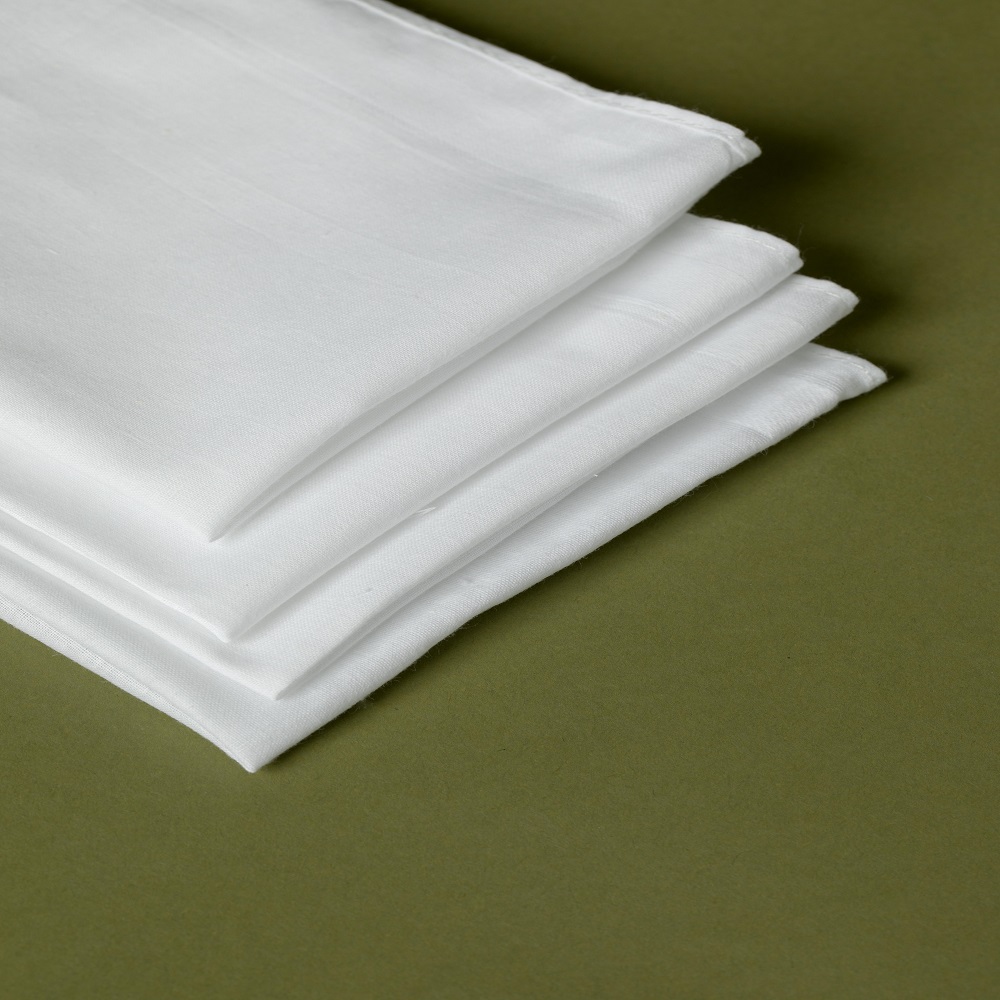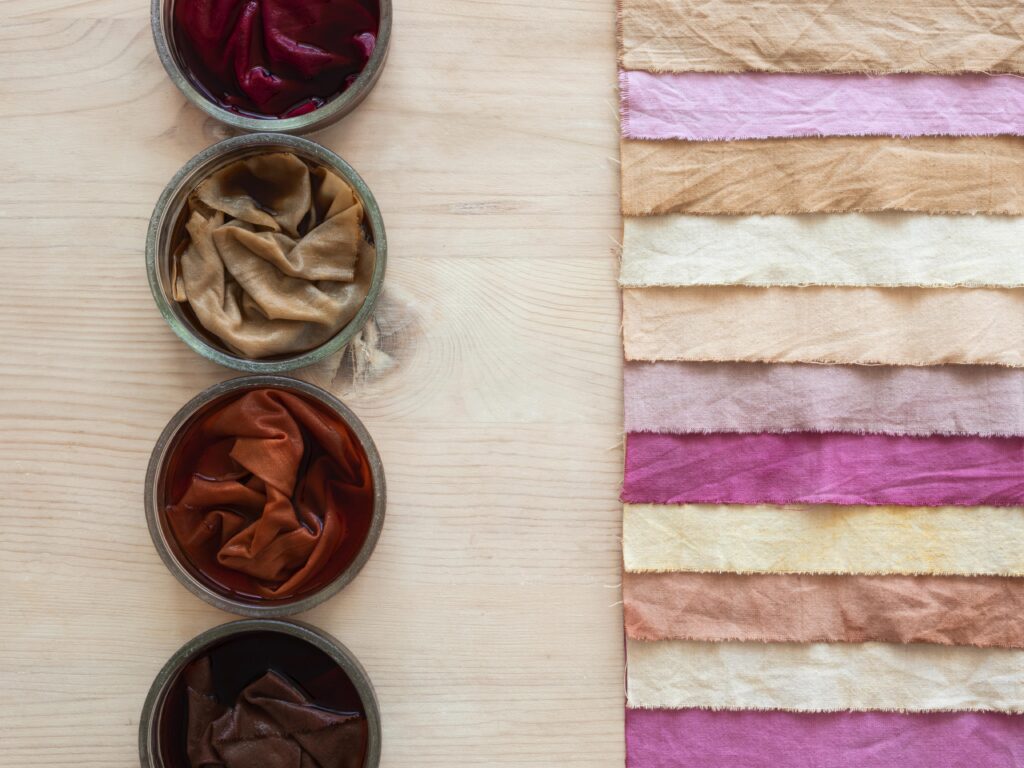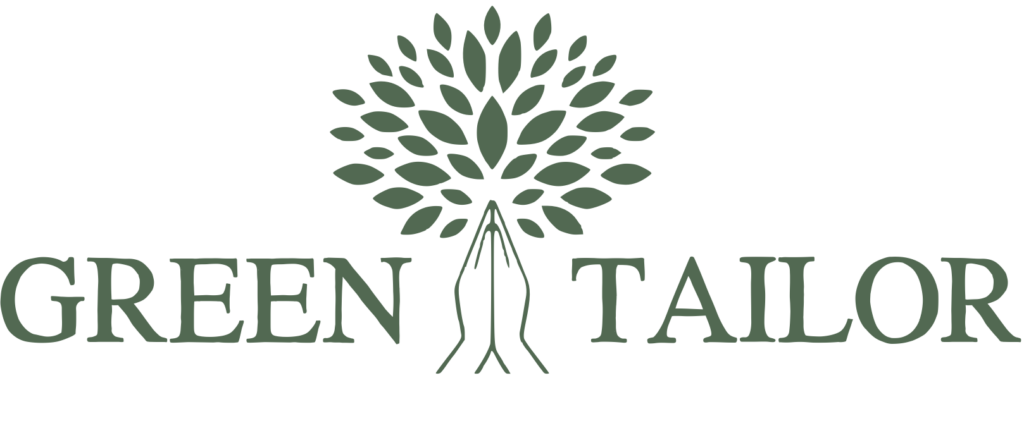Best sustainable fabrics for natural dyeing projects
In natural and sustainable fabrics, you can still get a lot of color variations from one fiber to another, from one fabric structure to another, and, of course, from one fabric preparation or dyeing technique to another.
In this article, we are not going to give mordant recipes or dyeing techniques. It is a full article to explain in detail why fabric selection is also an important thing in your natural dye projects.
The sustainable materials are the right ones for natural dye projects. They will beautifully absorb the natural colors and enhance your work. Let’s explore more about this below.
Types of fabrics

Fabrics are made from different materials, like natural, semisynthetic, or synthetic/man-made fibers. Each type feels different and is used for different things. The type of fiber used in a fabric affects how soft, strong, or breathable it is.
You need to understand what type of fiber suits your skin and what is most eco-friendly. By knowing this, you can easily speak with your natural fabric suppliers. For the whole fabric dictionary, CLICK HERE.
Natural fabrics
The 100% natural fabrics are derived from plants and animals. Plant-based/cellulose fabrics are made by extracting fibers from plants like cotton, linen, hemp, jute, and many more.
Similarly, animal-based fabrics are made from protein fibers such as wool and silk. Wool is extracted from the shear of sheep, alpacas, goats, camels, and cashmere. Silk is made from the cocoons of the silkworm. These fabrics will dye beautifully and give rich and vibrant colors.
Semi synthetic fabrics
Semi-synthetic fabrics are derived from natural fibers but undergo chemical modifications during the yarn production process. For example, fabrics such as bamboo, modal, lyocell, and banana are made from cellulose extracted from plants and then chemically processed into fibers. These semi-synthetic fibers generally have good dye uptake due to their high cellulose content, which allows them to absorb and hold dyes well.
Synthetic fabrics
Synthetic fabrics are made entirely from chemical compounds, typically derived from petroleum-based products. Common examples include polyester, nylon, acrylic, and spandex, which are created through processes like polymerization and extrusion to form long, durable fibers. Fabrics made from synthetic materials can be dyed naturally, but they are very difficult to hold natural colors, and to get proper results, they are also not recommended for long-lasting results.
Impact of fiber
The type of fiber in a fabric affects how well it takes up natural dye. Fiber plays an important role in preparing fabrics for dyeing. Do you know which material is best for natural dyeing? Compared to synthetic materials, natural fabrics absorb dyes better and give vibrant, long-lasting colors. We have also gone over the two main types of natural fibers, which are cellulose-based and protein-based. Since each one reacts differently to dyes and gives its own unique effect.
| Cellulose Fibers | Protein Fibers |
|---|---|
| Cellulose fibers come from plants like cotton, linen, jute, hemp, ramie, and many more. | Protein fibers are derived from animals, such as sheep, silkworms, goats, camels, cashmere, and alpacas. |
| These fibers are made of cellulose, a natural sugar-based substance. | These fibers are made of proteins like keratin and fibroin. |
| They have a more open structure, which allows dyes to absorb easily. | They have a tighter structure, which also makes dye absorption faster. |
| These fibers are stable and not very sensitive to heat or changes in pH. | Protein fibers are sensitive to both heat and pH, so they require careful handling. |

Impact of fabric structure
The loosely woven fabric takes dye easily compared to tightly woven fabrics. Indeed the threads will then absorb the colors easily and evenly. Sustainable fabrics that are tightly woven will still take the dye but might need a long time and give a slightly lighter color than loosely woven fabrics. It is not the same in all fabrics, which depends on the fabric type and the weight of the fabric.
Impact of fabric pretreatment
Pre-treatment is needed to help fabric take in dye better. It also makes prints clearer and helps the color last longer. Ecru fabric is a light beige or off-white color. It may still have natural oils or gums that stop the dye from soaking in well. RFD (ready for dyeing) fabric is cleaned and prepared for dyeing. This helps the fabric take in the dye more evenly and makes the colors brighter. If you want the best results with natural dyes, ready to dye fabric is the best choice. It helps the color stick better and last longer.
What are 100% natural fabrics?
100% natural fabrics are made entirely from plant or animal sources, like cotton, linen, hemp, silk, and wool. These fabrics have more breathable and moisture-wicking properties as compared to the synthetic fabrics.
The impact of sustainable fabric weight on dye uptake
The weight and weave of a fabric can affect dye absorption. If we consider lightweight fabrics, like smooth chiffon or thin cotton, they have a more open structure, which allows dye to take easily. But one advantage is that they can hold less dye overall because there is less material.
Comparatively, heavyweight fabrics like corduroy or canvas can absorb more dye due to their thickness, but the dye may take longer to reach inner materials.
Sustainable fabrics for vibrant results
Choosing the right fabric is crucial, and when it comes to the natural dyeing process, it absorbs organic dyes beautifully. Fabrics like organic cotton, cotton, linen, hemp, wool, and silk are not only environmentally friendly, they are also very comfortable on your skin. The fabrics are made without using any harmful chemicals, and they support a healthier planet by being biodegradable and breathable.
If you are passionate about sustainability and creativity, natural dyeing is the best way to bring both together. Whether you are just starting out or are already a natural dyeing enthusiast, always go for high-quality, natural, and sustainable fabrics to get the best results.
At Green Tailor, we work closely with many natural dyers, and all our fabrics and products are always tested by our team to assure beautiful results in all of our projects. Most of our fabrics are also ready to dye to reduce scouring work and enhance your art.
